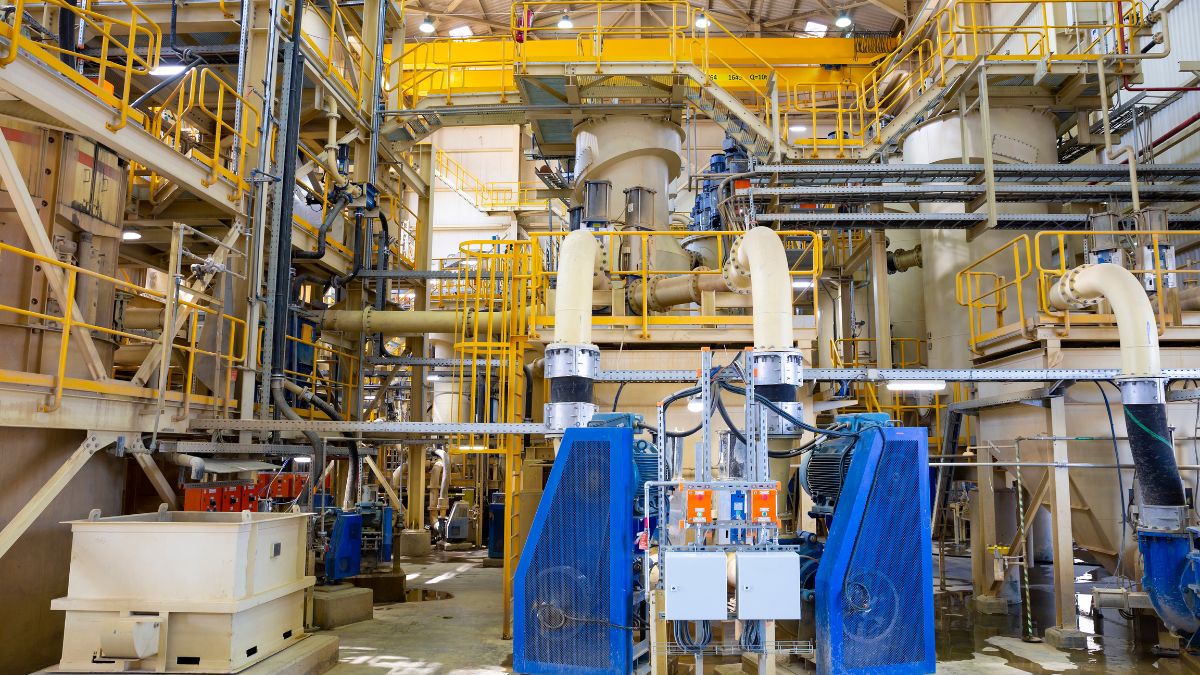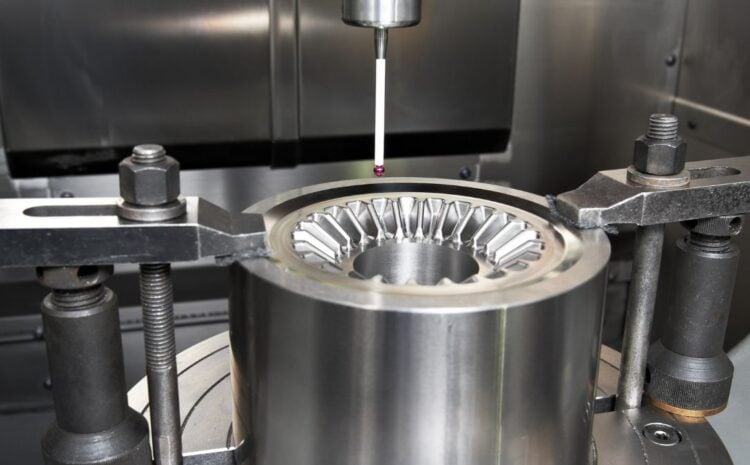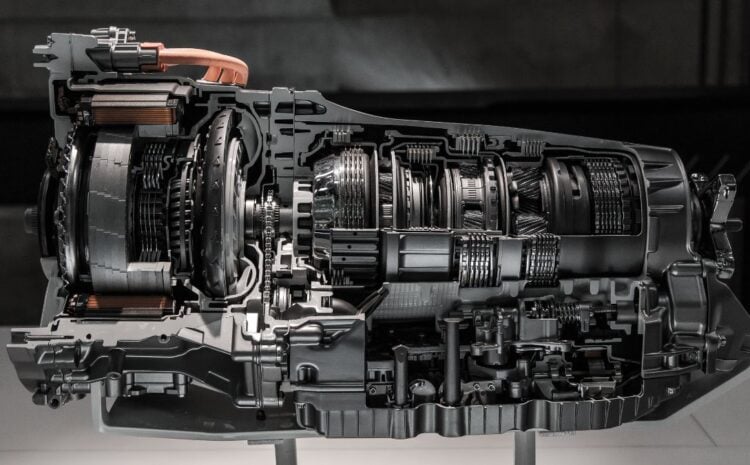Knowing the basics of mining extruder gears and how they work is crucial for anyone interested in mining extrusion. Today, we will explain the mining extruder gear basics, the main features and functions, and how they are used in the mining industry.
What Are Mining Extruder Gears
Mining extruder gears are the components that transmit power and torque from the motor to the extruder screw, which is the part that pushes the molten material through a die to form a desired shape. They control the speed and direction of the extruder screw. They also ensure the system’s protection and efficiency.
Mining extruder gears typically consist of metals like steel, brass, copper, or aluminum, with their shapes and sizes tailored to the extruder’s type and configuration. Mining extruder gears can be classified into two main categories: gear generation and gear form-cutting.
Gear generation is the process of creating gears by using a rotating cutter that has the same shape as the gear teeth. The cutter and the gear blank are moved relative to each other, and the cutter cuts the teeth into the blank. Gear generation can produce high-quality and accurate gears, but it requires complex and expensive machines and tools.
Gear form-cutting is the process of creating gears by using a fixed cutter that has the inverse shape of the gear teeth. The cutter and the gear blank are pressed together, and the cutter forms the teeth into the blank. Gear form-cutting can produce simple and cheap gears, but it has lower quality and accuracy than gear generation.
Common Types of Mining Extruder Gears
Spur Gears
These are the simplest and most widely used types of gears. They have straight and parallel teeth, and they are used to transmit power and torque between parallel shafts. Spur gears are easy and cheap to manufacture, but they produce more noise and vibration and have lower efficiency and load capacity than other types of gears.
Helical Gears
Helical gears, akin to spur gears, feature teeth inclined at an angle to the gear’s axis. They transmit power and torque between parallel or crossed shafts, offering quieter operation, enhanced efficiency, increased load capacity, and improved shaft alignment over spur gears. However, they produce axial forces that necessitate thrust bearings and entail more intricate manufacturing and maintenance than spur gears.
Bevel Gears
Bevel gears serve to alter shaft direction, featuring teeth cut on a conical surface. They transmit power and torque between intersecting or perpendicular shafts. Bevel gears can handle various angles and speeds, and they can reduce the size and weight of the system. Bevel gears are more difficult and expensive to manufacture and maintain than spur or helical gears. Additionally, they have lower efficiency and load capacity than spur or helical gears.
Worm Gears
Worm gears are employed to attain substantial gear ratios at low speeds, characterized by teeth cut on a cylindrical surface. They transmit power and torque between shafts that neither intersect nor run parallel. Worm gears offer high torque, a compact size, and self-locking to prevent back-driving. They have some drawbacks, such as high friction and wear, low efficiency and durability, and higher heat generation compared to other types of gear.
How Are Mining Extruder Gears Used?
Mining extruder gears are used in various mining applications and sectors, such as coal, metal, mineral, and rock mining. Some of the common products that are extruded by mining extruders are:
Pipes and Tubes
In the mining industry, pipes and tubes play a vital role in transporting fluids, gases, and solids. Their dimensions, lengths, and wall thicknesses vary according to the material and quantity to be conveyed. Mining extruder gears oversee the extruder screw’s speed and direction, ensuring uniformity and quality in tube and pipe production.
Rods and Bars
These are used for reinforcing, supporting, and connecting structures and components in the mining industry. They can have different shapes, sizes, and strengths, depending on the type and purpose of the structure or component. Mining extruder gears control the speed and direction of the screw, ensuring rod consistency and reliability.
Profiles and Shapes
The mining industry uses these to create various parts and products, such as tracks, frames, rails, hardware, and fittings. They can have different cross-sectional areas and geometries, depending on the type and function of the part or product. Mining extruder gears control extruder screw speed and direction, ensuring profile accuracy and precision.
Conclusion
Mining extruder gears are the unsung heroes of the mining industry, quietly facilitating the extraction of valuable resources. This beginner’s guide has aimed to shed light on their basics, from components and types to operating principles, maintenance, and safety considerations. By understanding these fundamentals, beginners can embark on their journey in the mining industry with confidence, knowing they have a grasp of the critical role extruder gears play.



